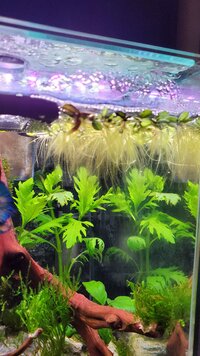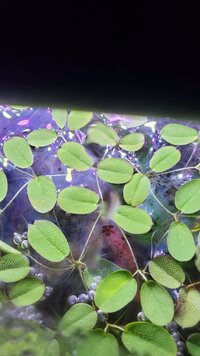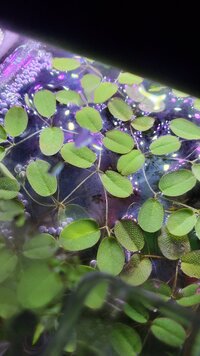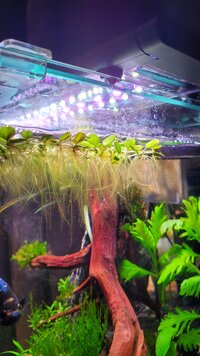Oh, I can easily get Osmocote or Osmocote Plus. I just wanted to stick to an aquarium specific product that won't cause my tank to be filled with packing peanuts when I swap and replant plants, cause possible massive ammonia spikes due to its much higher macros, or possibly kill or harm some of my wildlife due to high levels of copper or other things in the case of O Plus.Fair enough. I've no idea how difficult it is to buy generic osmocote over in Canada.
I don't doubt for a second APT jazz isn't a good product, I just find it a bit of mickey take that it costs $20 for 18 tabs.
Aquarium specific root tabs are hard to get here and expensive. Even Seachem ones are $15.99CAD for 10 at PetSmart and just under a buck a piece off Amazon and they are super weak compared to APT J. But, I haven't bought any APT J yet so if a better deal comes up I am definitely open to it as I too think they are way overpriced. I have been watching for NilocG's Root Tabs to come back into stock for a reasonable price too as they went to $90 for 60 which is ridiculous too. It was probably a bad time for me to get into this hobby with supply chain issues and all the other stuff but, I'm all in now and am going to make it happen...










